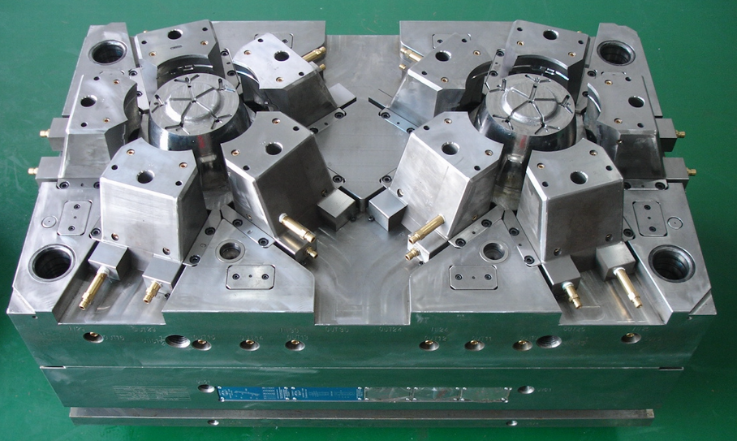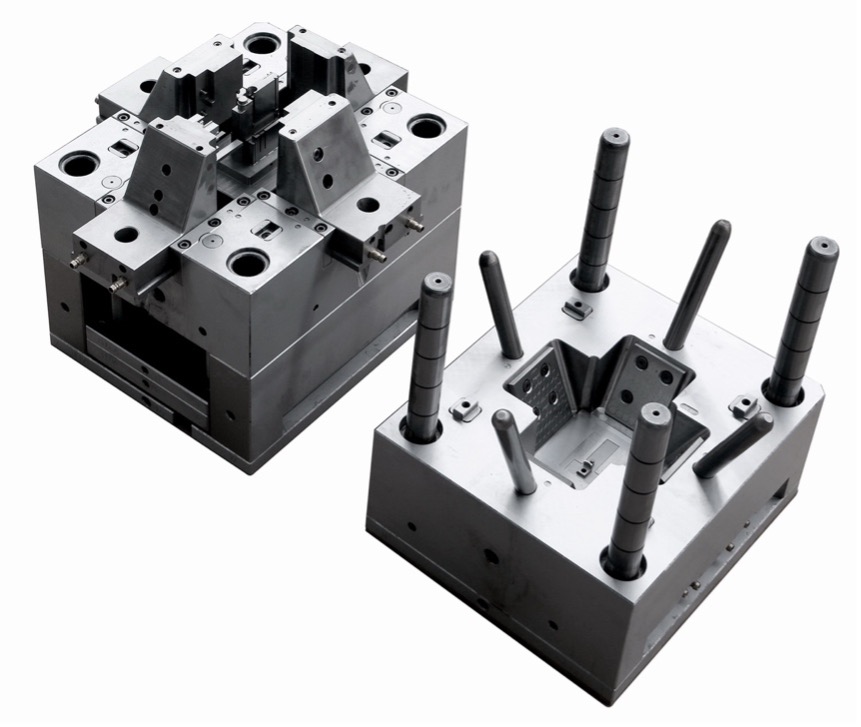2022 Best Home Appliance Mold Manufacturer in China
Design of Home appliance mold manufacturer
Home appliance mold is the main technological unit common for molded parts from thermoplastic polymers. It consists of a static half and a movable half, which inside contain a forming cavity that sets the desired shape for the product.
Plastic injection mold designs are either single-cavity or multi-cavity. Moreover, molds with single-cavity are common to produce one part in one cycle. Molds with multi-cavity are designed to create a series of parts in one cycle. The cavities of multi-cavity molds interconnect by one injection gate.
Making Process of Home appliance mold manufacturer in China
Molds are designed separately for each product according to the customer’s specifications, taking into account the requirements for quality and accuracy of parts.
Work order:
The preparatory stage includes:
- Development of project documentation;
- Creating sketches;
- Designing a 3D model for the product.
- A mold prototype creates, testing performance, and the result analyzes.
- With a positive test result, then we can proceed to the manufacture of molds.
- Workpieces process for home-appliance injection molds. Auxiliary elements: bushings, shanks, ejectors, and various rods machine on lathes.
- Holes drilled for fasteners, guide columns, and bushings.
- Finishing of forms, grinding and polishing of the planes of plates, and forming cavities carry out.
- Steel parts are heat-treated to relieve the metal stress and prevent deformation.
- After heat treatment, the shaping faces of the core and cavity are polished and chromium-plated to increase strength, hardness and wear resistance. Moreover, to prevent the material from sticking and create a smooth surface of the castings, after chrome plating, re-polishing was performed.
Molded parts of the molds are sent to the home appliance mold manufacturer in China, where they are assembled, and tested. However, to create molds, CNC boring, milling, grinding machines and manual work of qualified turners and locksmiths are common.
Types of home appliance molds
Moreover, molds for plastic injection are automatic and manual, removable and stationary.
According to the molding technology, they are divided into:
1. Direct pressing. The molten polymer is poured directly into the cavity mold, after which the core mold lowers, giving the part the necessary shape. However, this method is suitable for creating small batches of products.
2. Injection pressing. The molten raw material enters through special channels (sprues) into a closed mold. Moreover, this technology allows you to create parts of any shape and size. It is suitable for high-volume production.
Two-plate molds
Cold runner designs with a single plane of separation are the simplest and most common forms.
However, they consist of a fixed plate and a movable plate.
Three-plate molds
They consist of a fixed plate and two movable plates. The mold opens on two planes. Moreover, one plane is common to extract the finished part, the second is common to remove the sprue. In this case, the sprue can place anywhere in the product. However, it is important that the opening lines are on an invisible part of the part.
They are common to create objects of complex configurations.
Hot runner molds
They have gating systems equipped with heating elements. Moreover, they consist of a set of nozzles and distribution manifolds located in the array of the cavity mold. However, in hot runners, the polymer mass remains hot for a long time and cools slowly. This reduces the amount of waste.
Mold design for home appliance molds
Plastic injection molds consist of some steel plates on which there is a fixed plate and a movable plate normally. Moreover, inside the structure there is a shaping cavity, exactly repeating the geometric parameters of future parts. Molten polymers are injected into the cavity through special gating channels.
The molds are equipped with:
- Bushings and columns that provide centering of molds when closing;
- Ejector pins or pushers for removing finished parts from the device;
- Backing bars and plates, providing the required amount of stroke of the pushers;
Cold runner or hot runner systems
Moreover, the set of molds’ elements remains the same, regardless of the configuration of the final product. Cavities and cores must be of exact geometric dimensions with a clear joining of surfaces. However, ensuring the creation of high-quality parts, contribute to the economical use of raw materials.
Design and Manufacturing for Home appliance molds
The creation of molds for plastic injection is an important process that requires strict adherence to the technological stages of work. Moreover, the quality of future molded parts directly depends on the accuracy of the tooling.
Violation of technology of the molds can lead to heterogeneity of the structure, the formation of cavities, shells, and cracks, and violation of the geometric parameters of future molded parts.
The production of molds carries out in stages
First stage: a design for home appliance mold
The creation of molds begins with their design. A sketch should be prepared, and the working drawings should be developed. A three-dimensional model of the product should be sent to the production department using 3D computer modeling. Most importantly, the working draft should be agreed upon with the customer.
Second stage: detailed prototype
In the second stage, a detailed prototype of the desired design comes. With the technology developed, technological programs for automated home appliance molds should be written.
Third stage: build the molds
Forms are created on milling and electro erosive machines
Shaping cavities cut out of steel blanks. The metal removes in layers. However, between the stages of work, steel normalizes to relieve stress in the array, hardening performs to increase strength and prevent deformations.
Grinding and polishing of products carry out. Moreover, finished elements assemble into a single mold. To increase wear resistance and create perfectly smooth surfaces, chromium plating of shaping surfaces performs.
Cooling systems of home appliance molds
Cooling molded parts is an important process, which determines the speed of the production cycle. The cooling system consists of straight, annular, and spiral channels with cooling liquid inside the shaping elements.
Moreover, for cooling, cold water, glycol solution, or temperature-controlled oil is common. The liquid is fed to and removed from the mold through special hoses.
Completion of the production cycle
After completing all work on the creation of molds, home-appliance mold manufacturers in China will test the molded parts in working mode. The test can carry out in the presence of the customer.
Home appliance mold manufacturers in China will give test results, mold trial reports, molding process cards, and molded products to the customers for approval. Moreover, after acceptance of the samples, the mold and the finished equipment related to the mold will be packed, preserved, and then sent to the client.



